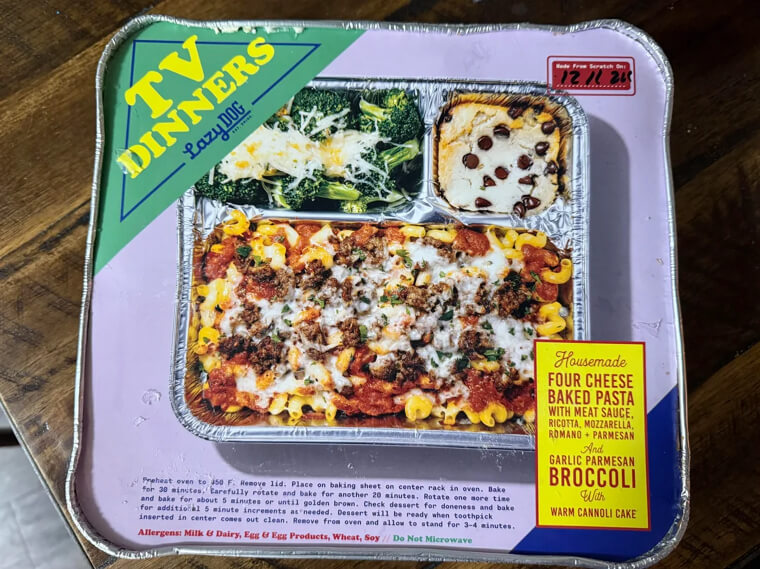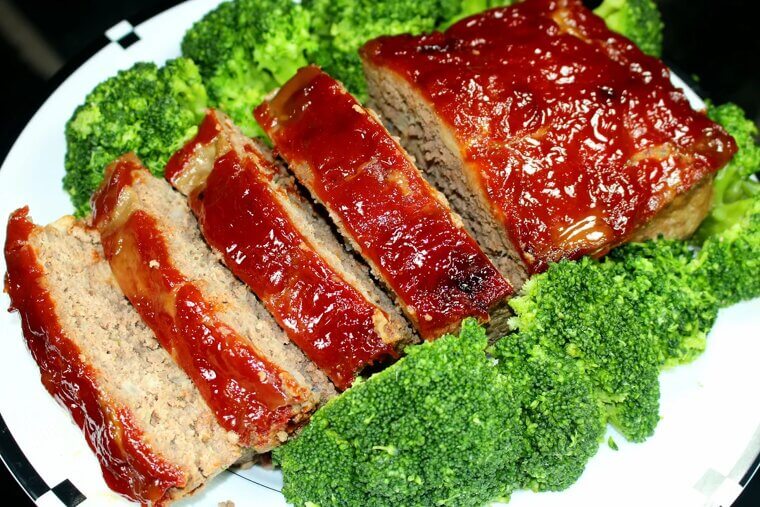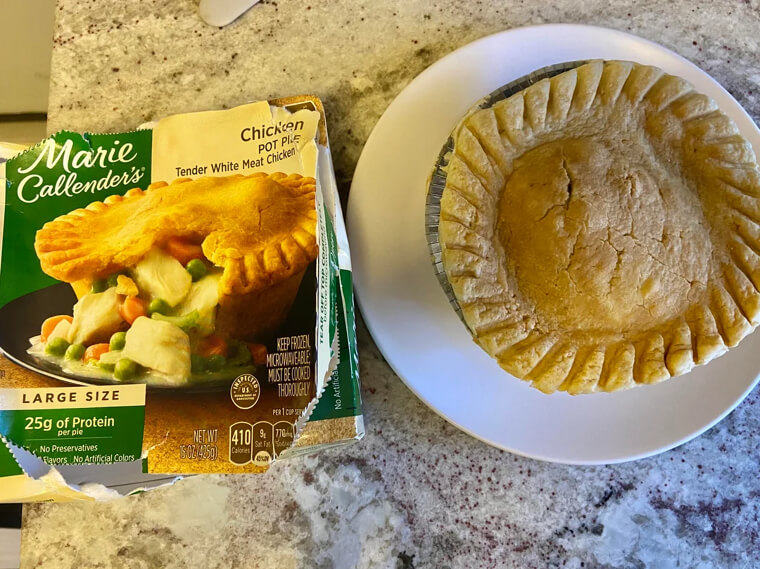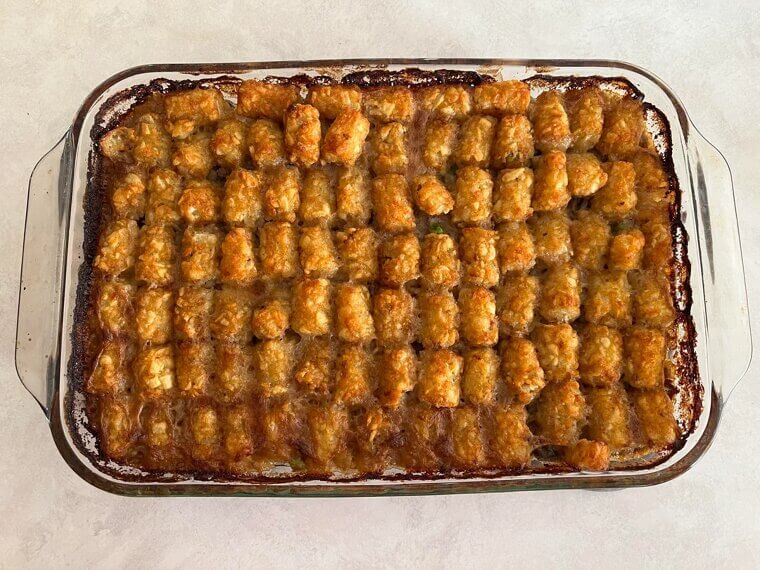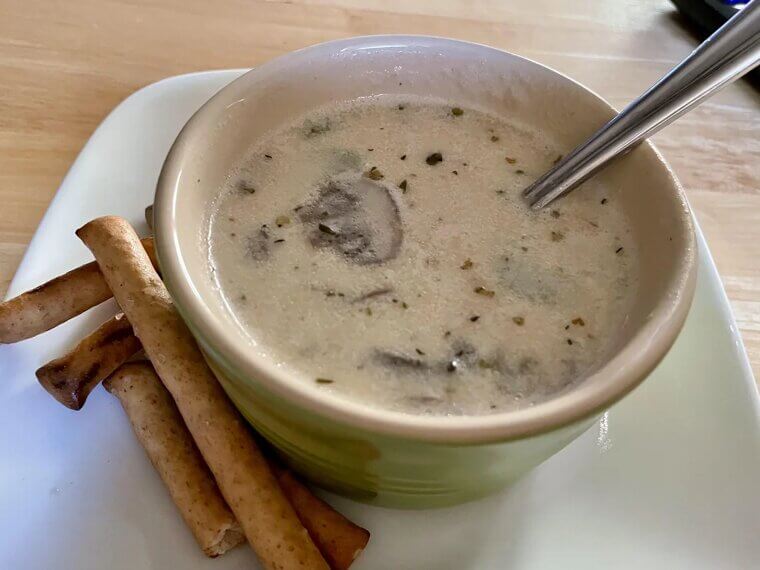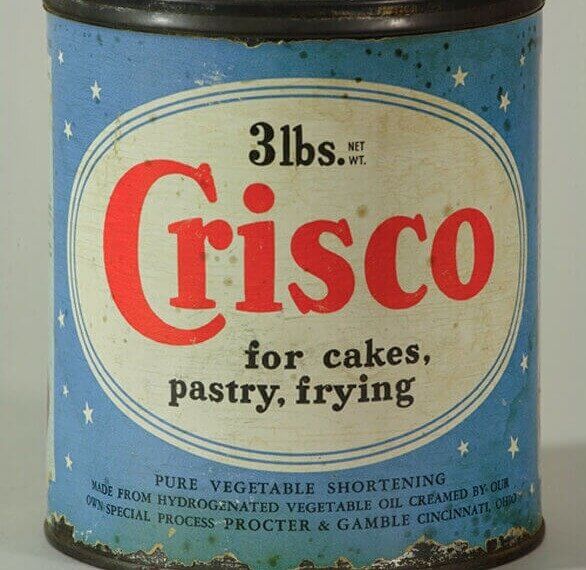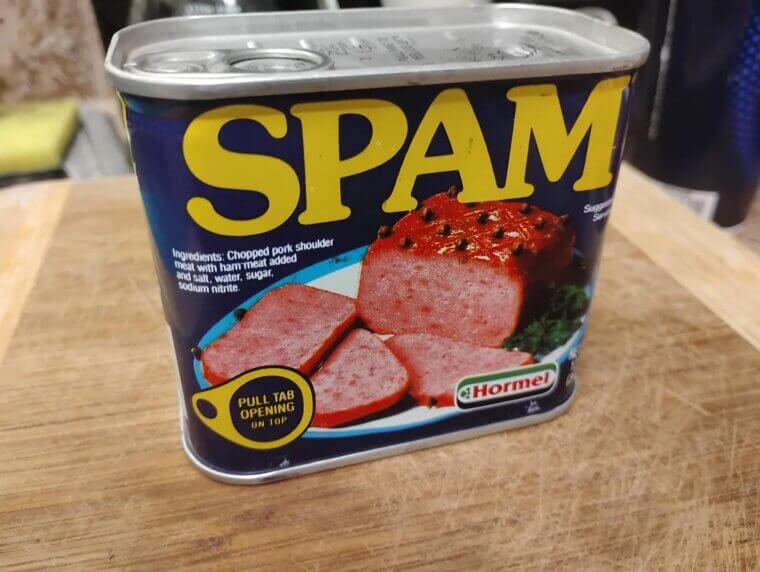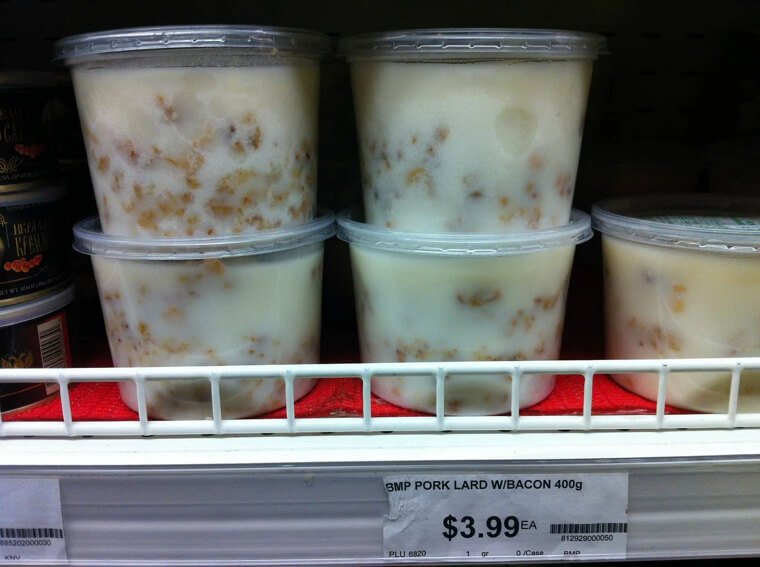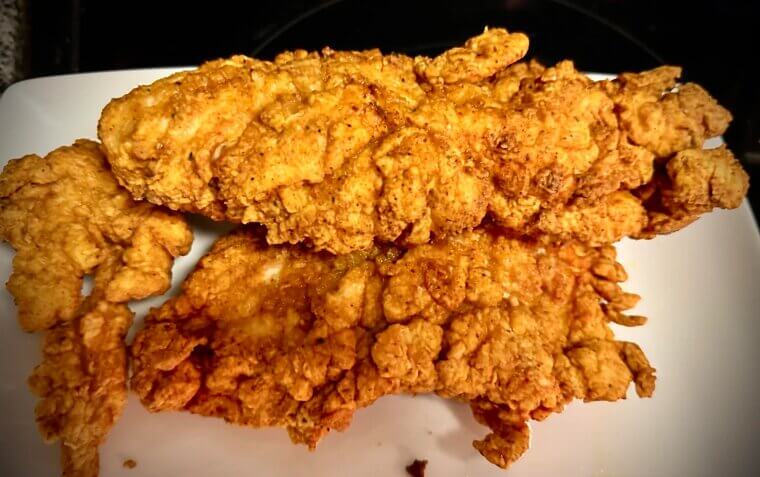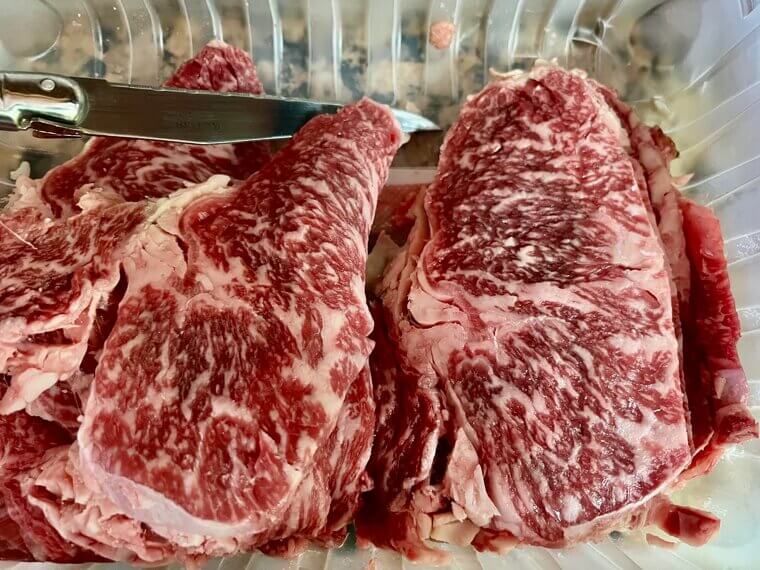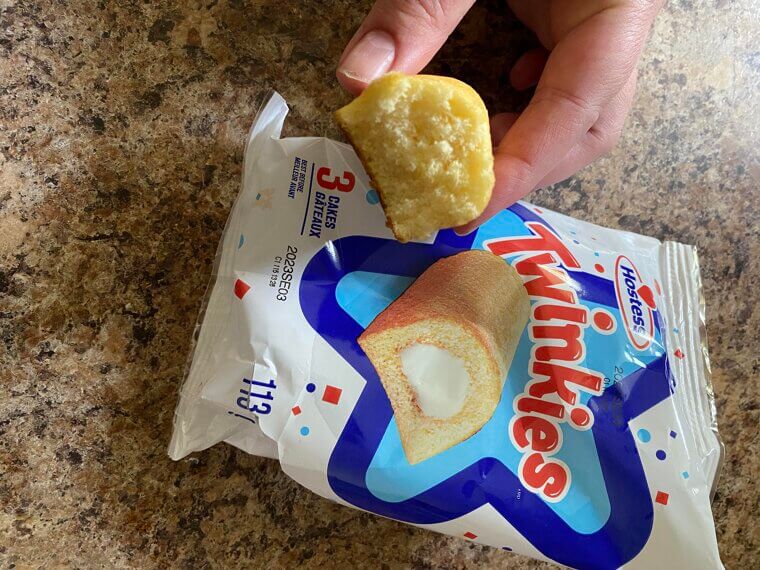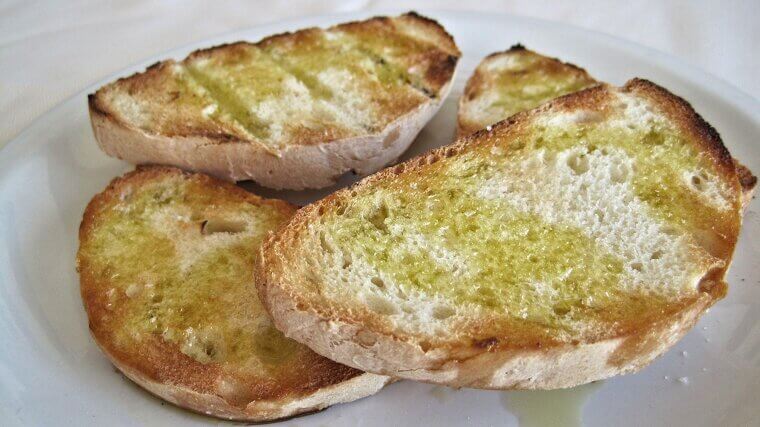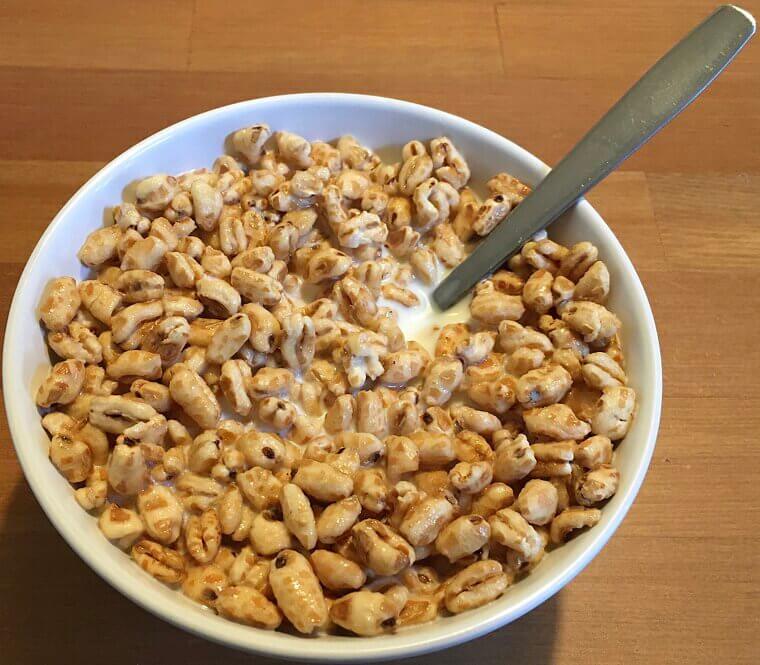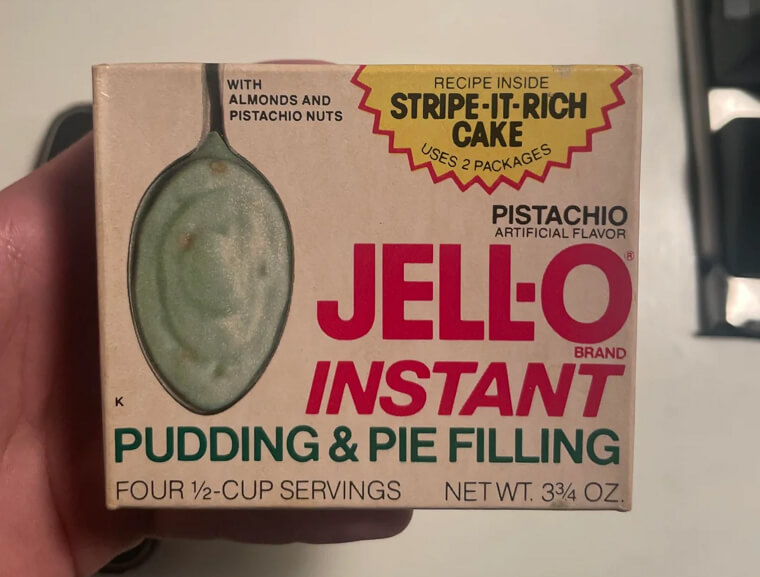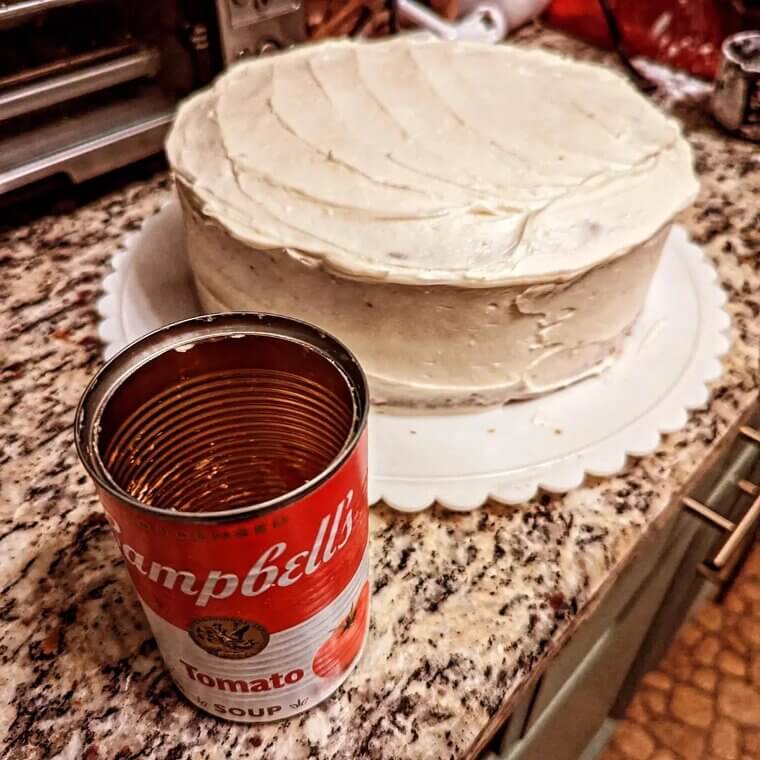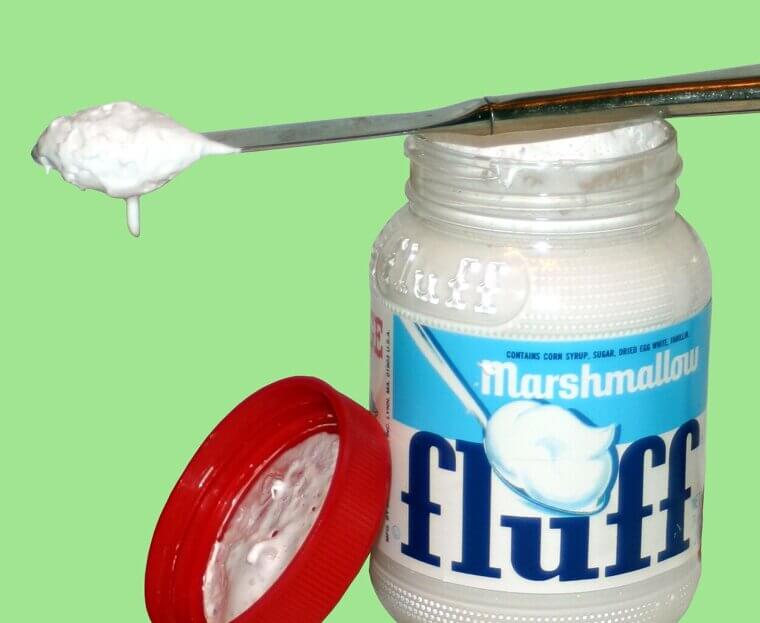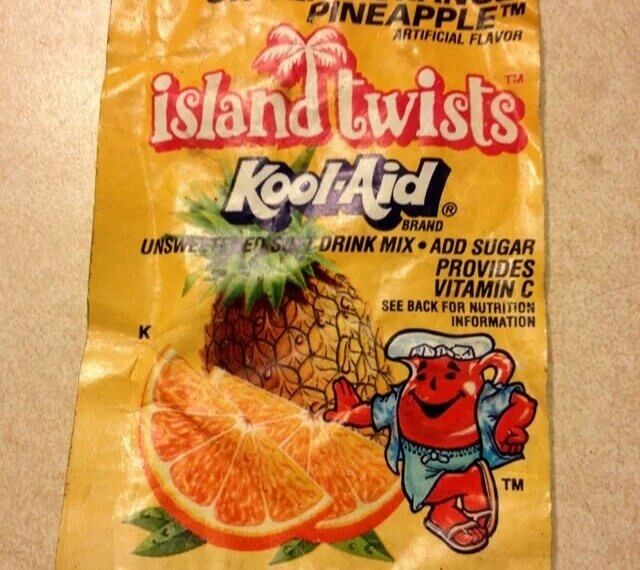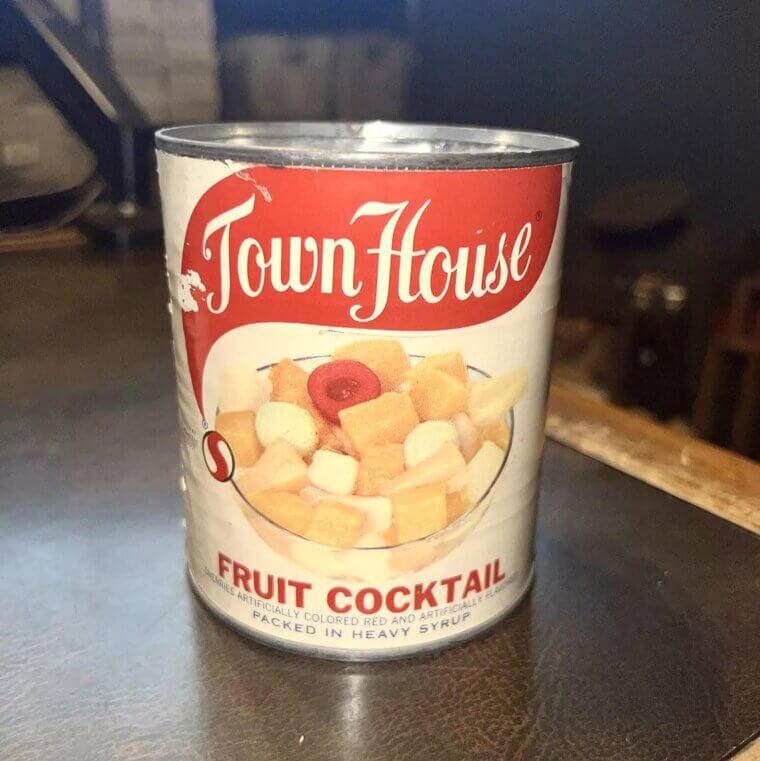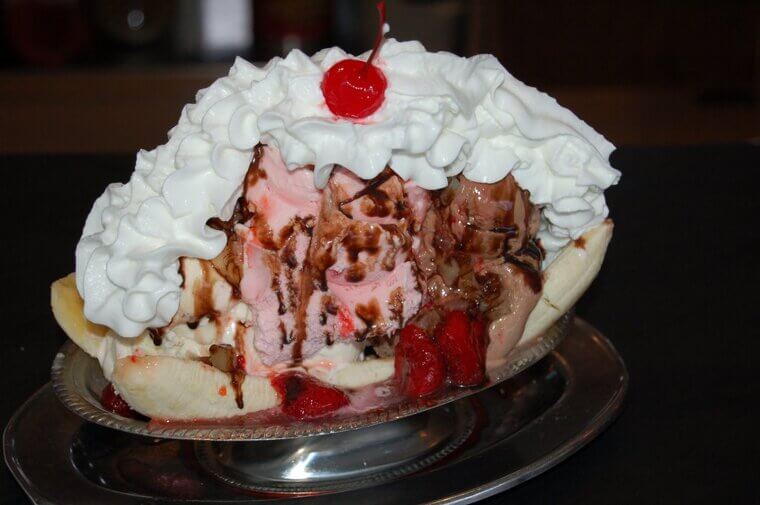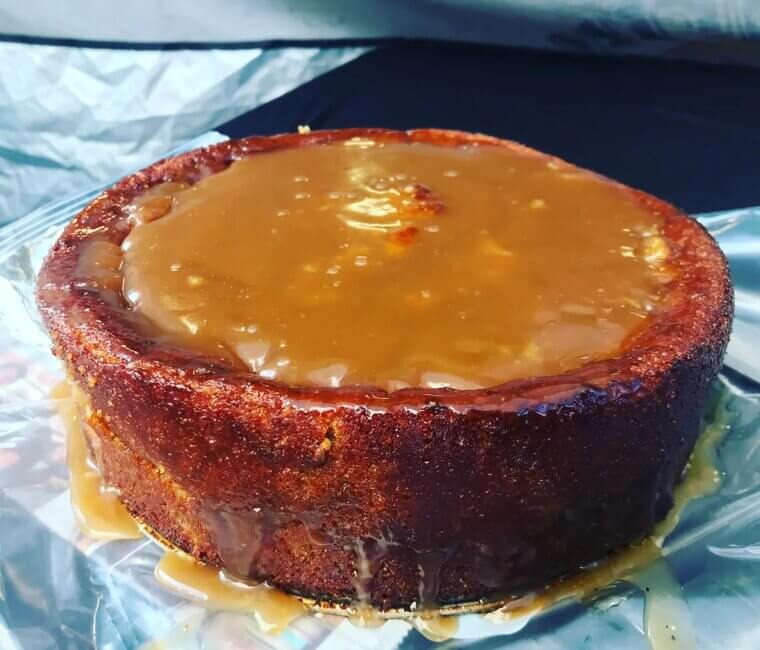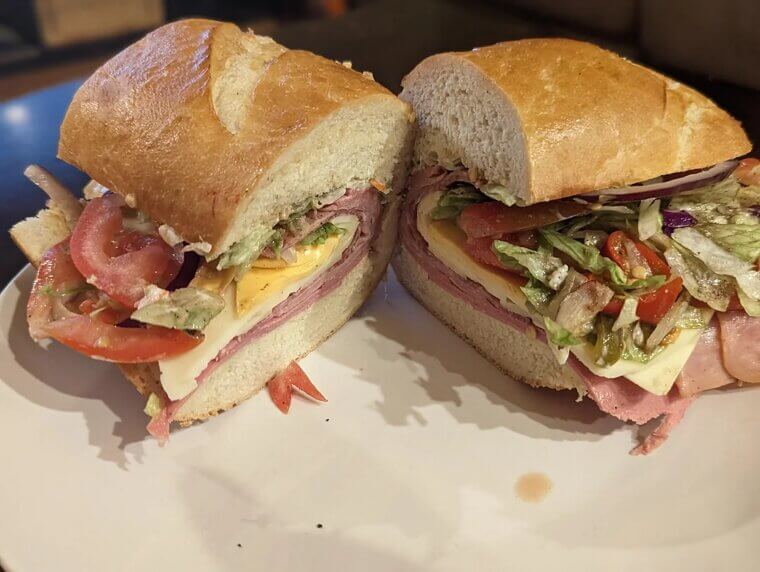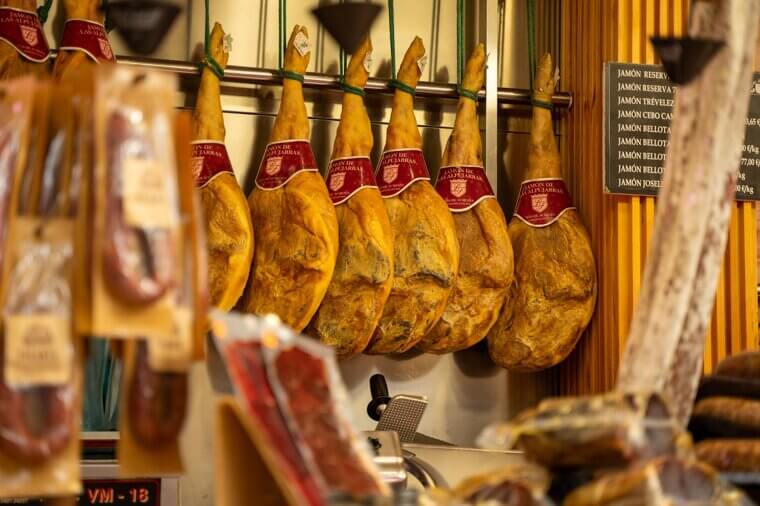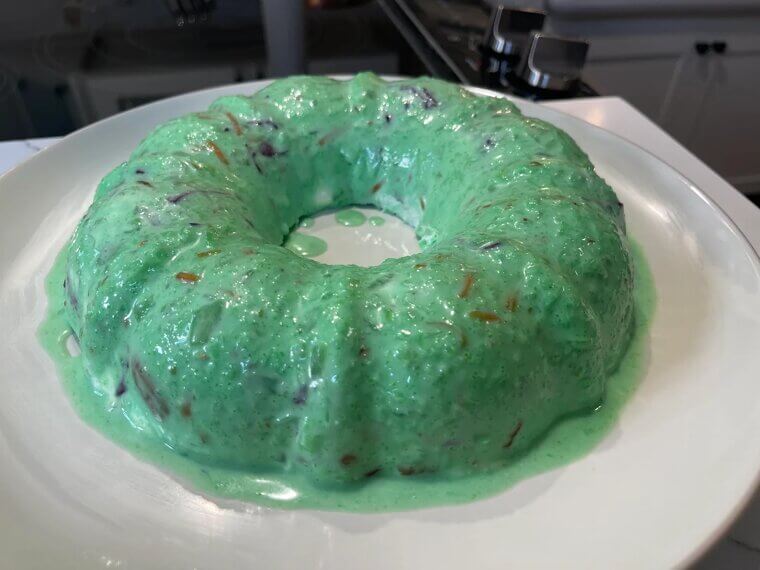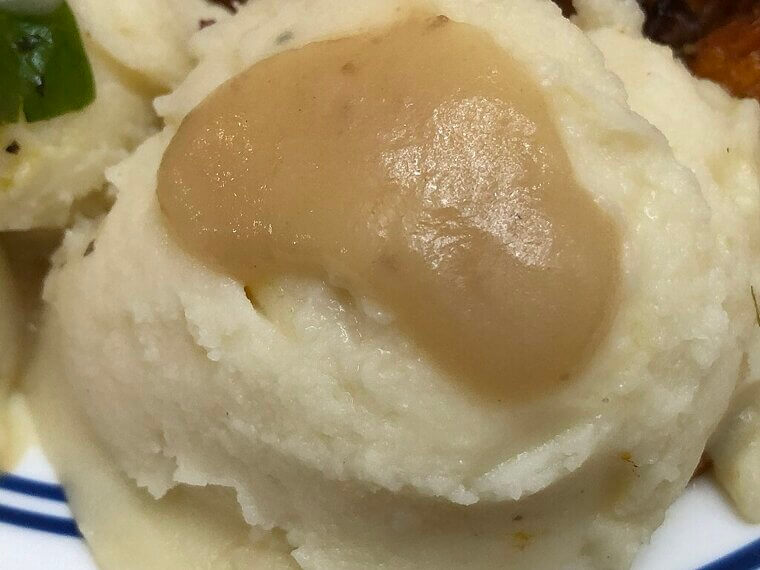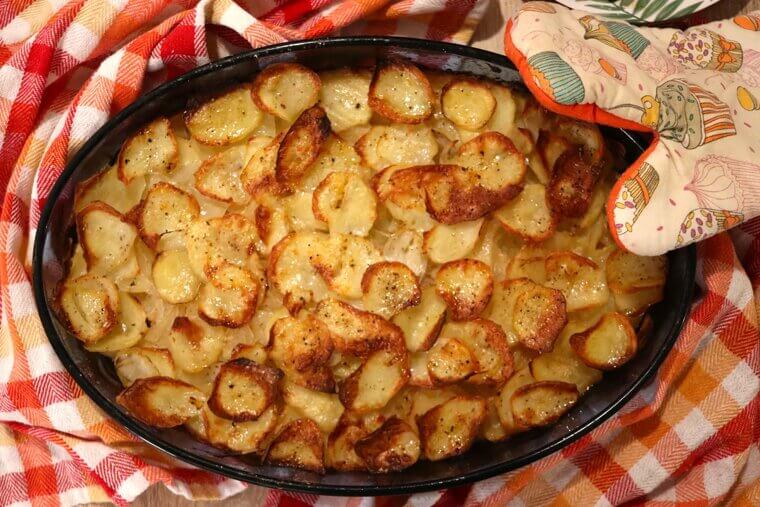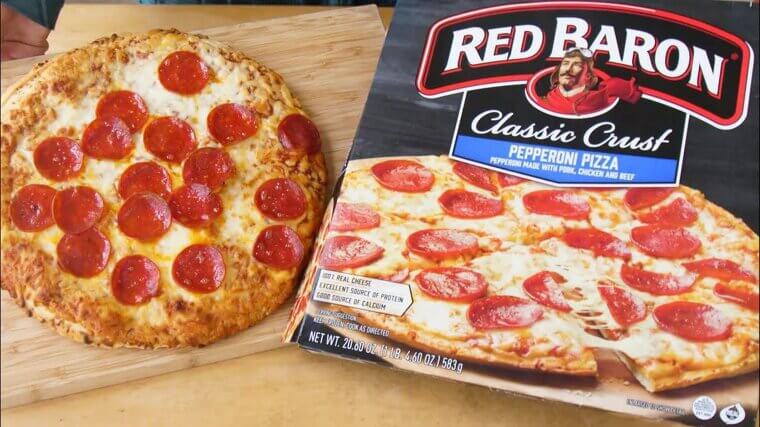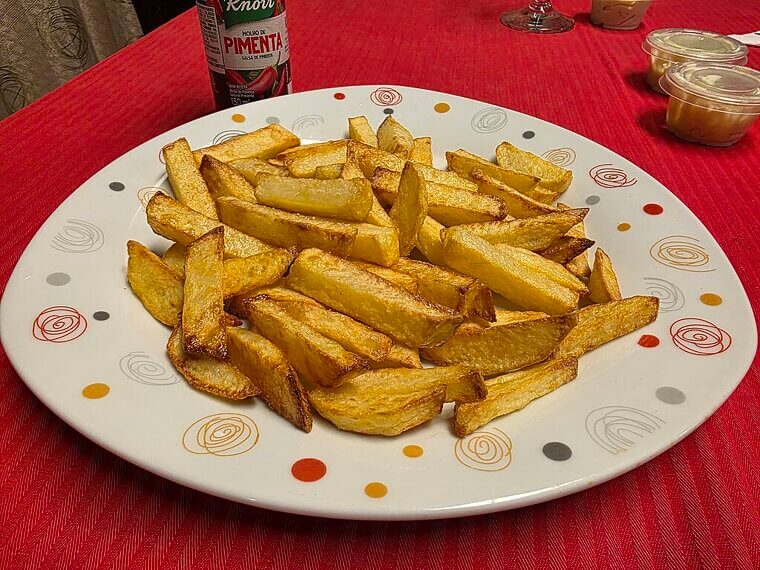Swanson TV Dinners
Aluminum trays divided into perfect little compartments filled with turkey, peas, mashed potatoes, all flash-frozen and ready in 25 minutes. These were space-age convenience at its finest, even if the whole thing was basically a sodium bomb made for consumption.
Meatloaf and Other "Loaf" Dishes
Traditional meatloaf used ground beef with 25-30% fat content, meaning each serving contained 15-20g of saturated fat, nearly your entire daily limit. Recipes often added bacon as well for extra flavor. Savory, artery-clogging saturated goodness!
Bologna "Cake"
Yes, you read that right… Someone took bologna, stacked it like pancakes, and "frosted" it with cream cheese. This savory abomination was actually quite popular at parties and had enough sodium and preservatives to mummify a small animal. Yummy.
You might recognize some of these from your past…
You might recognize some of these from your past…
Frozen Pot Pies
Golden, flaky crust hiding a bubbling interior of chicken, peas, carrots, and cream sauce… all from the freezer aisle. These little aluminum tins were loaded with trans fats from hydrogenated oils. Modern nutritionists would weep at the ingredient panel.
Tater Tot Casseroles (Hotdish)
The Midwest's gift to American cuisine: ground beef, cream of mushroom soup, and crispy tater tots baked into one glorious dish. This was comfort food that stuck to your ribs and probably your arteries, too.
Cream-Of-Mushroom Soup Casseroles
Campbell's condensed cream of mushroom soup was perhaps the ingredient that held the entire ‘50s together. It contained 870mg of sodium per half-cup serving, plus modified food starch, soybean oil, and MSG for flavor enhancement. Most casseroles use two cans, immediately putting you at 3,480mg of sodium… more than a full day's recommended maximum.
There’s plenty more that people got wrong in that time!
There’s plenty more that people got wrong in that time!
Hydrogenated Shortening (like Crisco)
Back in the 1950s, stuff like Crisco and other shortenings, made through a process called hydrogenation, were everywhere in things like pie crusts, biscuits, and fried foods. This process creates trans fats, and eating just 2 grams a day can actually bump up your heart disease risk by 23%. Today's nutritionists would definitely be pretty concerned about that!
SPAM and Canned Luncheon Meats
SPAM slid out of its can with a jiggle that's hard to forget, bringing with it enough sodium to season a swimming pool. A single two-ounce serving of SPAM contained 790mg of sodium and 16 grams of fat, seven of which are saturated.
American Process Cheese Spreads
Velveeta and Cheez Whiz aren't legally "cheese". They're actually "cheese products" because they contain less than 51% actual cheese. The rest? Whey, milk protein concentrate, emulsifiers (sodium phosphate, sodium citrate), preservatives, and artificial colors. If the ingredients list sounds this complicated, it’s not a good idea.
These next classics were artery-clogging favorites!
These next classics were artery-clogging favorites!
Fatty Hamburger Patties and Diner Burgers
Thick, juicy patties sizzling on a griddle, dripping with enough grease to leave puddles on the plate. Diner burgers used 80/20 ground beef, delivering 20-25g of saturated fat per six-ounce patty, and exceeding the American Heart Association's daily recommendation in one meal.
Deep-Fried Foods Cooked in Lard
Everything tasted better when fried in lard. The only problem is that Lard is 40% saturated fat and 45% monounsaturated fat. While not as harmful as once thought, using it repeatedly for frying can create oxidized fats and trans fats through the heating process. Restaurants reused frying oil for days in the 50s, so…
Whole Milk and Heavy Cream
Forget skim or 2%; the '50s ran on full-fat dairy and delivered fresh in glass bottles with cream floating on top. Given that the recipes of the time had cream-based sauces and whole milk in everything, people likely consumed excessive saturated fat daily. Good times!
You can have health concerns with “healthy” things as well…
You can have health concerns with “healthy” things as well…
Highly Marbled Steaks
Those beautiful fat-streaked ribeyes contained 15-20g of saturated fat per 8-ounce serving, which is nearly your entire daily limit. Today's nutritionists recommend lean cuts and portion control. Back then? A slab of meat hanging off your plate was the American dream, baby.
Packaged Cookies and Snack Cakes (Hostess, Twinkies, Etc. )
Individually wrapped golden sponge cakes with creamy filling that never went stale. You know why? Because they contained partially hydrogenated vegetable oils (trans fats), high fructose corn syrup, and over a dozen chemical preservatives, including sodium stearoyl lactylate and polysorbate 60. Yeah, try pronouncing those.
White Bread Sandwiches With Margarine
Soft, squishy Wonder Bread slathered with margarine was the foundation of every school lunch. The bread had the nutritional value of cardboard, and the margarine was loaded with trans fats. The worst of both worlds!
The next item’s sugar content alone is alarming!
The next item’s sugar content alone is alarming!
Sugar Smacks and Frosted Flakes (original Formulas)
Breakfast cereals in the '50s were basically candy in a bowl… literally. Original Sugar Smacks were 56% sugar by weight, meaning they had more sugar than grain. On the other hand, Sugar Frosted Flakes came with Tony the Tiger convincing kids that starting their day with a sugar bomb was "Grrreat!"
Instant Pudding Mixes
These mixes contained 40% sugar by weight, modified food starch (refined carbs), disodium phosphate (a preservative and emulsifier), artificial flavors, and artificial colors such as Yellow 5 and Yellow 6. Let’s just say it wasn’t the most healthy ingredient lineup…
Tomato Soup Cake
A spice cake was made with Campbell's tomato soup as a key ingredient, which meant incorporating 870mg of sodium, high-fructose corn syrup, and modified corn starch into the cake. Sounds bizarre, but it tasted better than you’d think.
These desserts delivered more problems than pleasure!
These desserts delivered more problems than pleasure!
Fudgsicles and Early Frozen Novelties
Every ice cream truck’s freezer was filled with Fudgsicles, Creamsicles, and Popsicles. Unfortunately, the ice cream was filled with corn syrup, sugar, and partially hydrogenated oils (trans fats) as main ingredients. That nostalgic taste is priceless, though, even if it nutritionally bankrupted us.
Marshmallow Fluff and Cream
That jar of sticky, white marshmallow fluff was mixed into frostings, folded into fruit salads, and spread on graham crackers. It was just corn syrup, sugar syrup, dried egg whites, and vanillin, which gave zero nutritional value, but maximum childhood joy.
Kool-Aid and Tang (sugar Drink Mixes)
Kool-Aid's artificially flavored, artificially colored concoctions dominated summer. Tang, meanwhile, went to space with astronauts, which gave it serious credibility. Both were, in fact, sugar delivery systems with a splash of vitamin C (synthetic) thrown in for “respectability”.
The ‘50s even made fruit unhealthy!
The ‘50s even made fruit unhealthy!
Canned Fruit in Heavy Syrup
"Heavy syrup" meant the fruit was swimming in liquid that was 40-50% sugar. Opening a can meant draining the thick, sweet syrup that added more calories than the fruit itself. The high sugar content transformed relatively healthy fruit into something with the nutritional value of a candy.
Ice Cream Sundaes and Banana Splits
Soda fountain culture meant glorious ice cream creations piled high with whipped cream, hot fudge, nuts, and cherries. A traditional banana split contains 1,000-1,200 calories, 50-60g of fat, and 100-120g of sugar. That's more than three days' worth of added sugar recommendations in one dessert. But that sugar rush though…
Sweet Potato Pudding or Pone
While sweet potatoes themselves are nutritious, traditional recipes covered them in problematic ingredients like butter, sugar, heavy cream, and eggs. A single serving delivered 500+ calories, 25g of saturated fat, and 50g of sugar.
Frankfurters, Hot Dogs, and Sausages
Boiled, grilled, or fried, these mystery meat tubes contained every part of the animal you don't want to know about, plus sodium nitrates for color, preservation, and laughs. No worries, they’re only a preservative that forms nitrosamines in your stomach, linked to colorectal cancer. Not that big a deal…
Deli Bologna and Salami
Sliced thick from the deli counter, these processed meats made their way into countless sandwiches and snack plates. They contain 300-400mg of sodium per slice, sodium nitrite (cancer-linked preservative), and are high in saturated fat. In simple words, it's not good for you.
Is there such a thing as too much Sodium? Not in the ‘50s!
Is there such a thing as too much Sodium? Not in the ‘50s!
Salt-Cured Country Ham
Those huge country hams hanging in Southern smokehouses are cured with enough salt to pickle the ocean. Sliced thin and fried up, they are intensely salty, intensely flavorful, and intensely bad for your blood pressure. But paired with fresh biscuits and coffee? Heaven.
Mayonnaise-Based Jell-O Aspics
Here's where we know the '50s were really mental: savory gelatin molds made with mayonnaise. Why? Nobody knows. These bizarre creations combined gelatin (19g sugar, artificial colors) with mayonnaise (90 calories and 10g fat per tablespoon, mostly from soybean oil). Basically, just fat, sodium, sugar, and chemicals held together with gelatin.
High-Sodium Pickled Vegetables
Home canning meant jars of pickled everything: cucumbers, beets, green beans, okra, all preserved in brine heavy with salt and vinegar. The sodium content was astronomical; a single pickle spear could contain a quarter of your daily limit.
Big Servings of Butter, Cream, and Gravy
The '50s didn't do anything by halves, especially when it came to dairy fat. A typical serving of mashed potatoes contained 4 tablespoons of butter (28g saturated fat; more than a full day's limit) plus half a cup of heavy cream (27g saturated fat). Sometimes you needed the real deal, heart health be damned.
Even the humble potato was treated in an unhealthy way…
Even the humble potato was treated in an unhealthy way…
Potato-Based Meals (mashed, Fried, Scalloped)
Again, potatoes themselves are nutritious. And again, the '50s preparations destroyed this. Scalloped potatoes had heavy cream, cheese, and a handful of sodium per serving. Fried potatoes were cooked in bacon grease. And there was no such thing as “portion control”…
Early Frozen Pizza
Those first frozen pizzas were revolutionary; Italian food in your freezer! But there were problems. The crust was cardboard-like, the cheese barely qualified as dairy, and one pizza packed 1,800-2,200mg of sodium (nearly an entire day's limit).
Frozen Waffles (early Eggo Versions)
"L'eggo my Eggo!" became a fairly common battle cry in the 50s because of the popularity of the frozen waffles. What most didn’t know was that they were loaded with refined white flour, sugar, and partially hydrogenated oils; a combination most nutritionists would not approve of today.
French Fries and Classic Diner Fare
Golden, crispy, salty French fries cooked in beef tallow or lard were diner menu staples, served alongside burgers, sandwiches, and meatloaf. The combination of trans fats, oxidized fats, acrylamide, and excessive sodium and calories made these particularly problematic with regular consumption.

